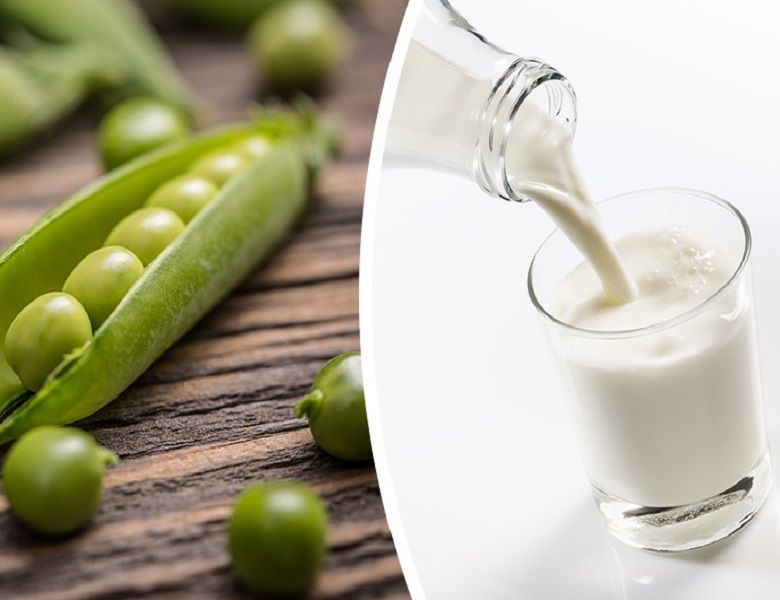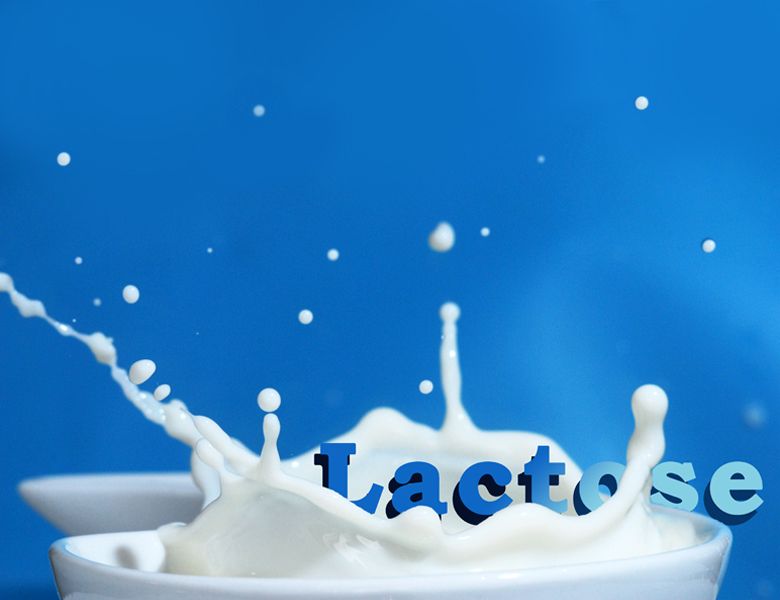Milk consumption in Iran is less than half of the global per capita

- | آتاماد | News |
- 78
According to ISNA, the average per capita global milk consumption amounts to about 150 kg of milk/year, but currently, this number is half in Iran.
According to Hedayatnia, the secretary of the Khorasan Razavi Dairy Industry Producers and Exporters, currently, the Iranian market does not have the traction to sell products due to inflation and the decrease in people's purchasing power. Exports have also faced problems due to the increase in the price of milk in Iran and the decrease in the global price. This has caused 40,000 tons of factory depots.
Since milk, among other items, has a mandated price, despite the inflation of the market, the factories have not increased the price of their products since the beginning of 1402. Due to the stagnation market, definitely with the price increase, people's affordability will also decrease and factories' depots will increase.
It is not far-fetched to reduce people's purchasing power due to the annual inflation rate. Mandatory pricing is applicable when there is no 44% inflation. Prescriptive pricing creates lots of tension. The mandated price should be removed and the factories should price their goods according to the trade law.
A decrease in per capita consumption as a result of the stagnation of the dairy industry is not far-fetched. Currently, the per capita consumption of milk and dairy products in Iran is 70 kg (half of the average world standard), and if milk is distributed to all schools, the per capita consumption will increase up to 10 kg. Since 2016, the distribution of milk in schools has practically stopped. Also, due to the pressure of the producers and the government, the distribution of milk in schools has been established only for the government primary schools. Due to the decrease in per capita consumption of milk, in the last 10 years, diseases such as osteoporosis have been on the rise.
The necessity of increasing public awareness about the consumption of pasteurized dairy instead of non-pasteurized
Unfortunately, some people turn to non-pasteurized (traditional) dairy products to reduce their expenses. The consumption of such dairy products, which are called traditional dairy, can be the cause of many chronic diseases, especially malt fever, increasing the number of malt fever patients in Iran to 22 thousand people last year.
The lower cost of such products compared to industrial ones can be due to reasons such as distribution fees and value-added duties by traditional units. In addition, usually milks with high microbial load and relatively low health quality are used to produce traditional dairy products. Therefore, in case of consumption, short-term problems such as diarrhea and vomiting, especially in children and the elderly, or long-term problems due to continuous consumption, including malt fever, antibiotic resistance, or Q fever, may occur. Also, to prevent the disposing of milk returned by factories, traditional dairy producers can buy such unhealthy or low-quality milk at a low price. As a result, the low price of traditional dairy products can be one of the warnings of the lack of quality of these products.
In many cases, it is not possible to recognize the contamination of traditional dairy products based on their appearance and smell. In some cases, a bitter aftertaste is created due to keeping the product in inappropriate temperature conditions or for a long time. Boiling milk at home at a temperature of 100C causes protein residuals, loss of vitamins and beneficial bacteria, and decreases the nutritional value of milk. Pasteurized milk, on the other hand, is heated up to 70C in industrial units and its beneficial bacteria that are effective in digestion and absorption of food will not be lost.
In addition, pasteurization and sterilization operations in factories destroy pathogenic microbes. For example, Staphylococcus aureus bacteria present in milk with a high microbial load is destroyed only by sterilization, and boiling the milk does not affect it. Also, during the industrial production of yogurt, starter cultures, and fermentation are used to give yogurt a different flavor. During the production of traditional dairy products, temperature conditions are usually used to create sour and sweetened yogurt, which causes the loss of the shelf life of the desired taste and texture of yogurt, and causes contamination such as mold, the growth of pathogenic bacteria, and yeasts.
Therefore, by increasing awareness in this regard and making people more aware of the differences between pasteurized and unpasteurized milk, the use of traditional and unpasteurized dairy products that cause malt fever will decrease.
Is adding bleaching to milk true?
Adding any base chemicals including bleach detergent to the milk is adulteration, changing the smell and taste of the milk. Therefore, the matter of adding bleach detergent is not approved, for various reasons, some traditional cattle farms use substances such as soda to adjust the pH of milk, but in modern cattle farms, no additives are added to milk. Due to the fact that the milk in factories is supplied from modern cattle farms and also due to the monitoring and testing of the milk entering the factories, such cases do not happen.
GET IN TOUCH
Copyright © 2023 Atamad.com All right reserved
Website design and SEO services by Seohama team – Web hosting by Sarverhama
Copyright © 2023 Atamad.com All right reserved
Website design and SEO services by Seohama team – Web hosting by Sarverhama








